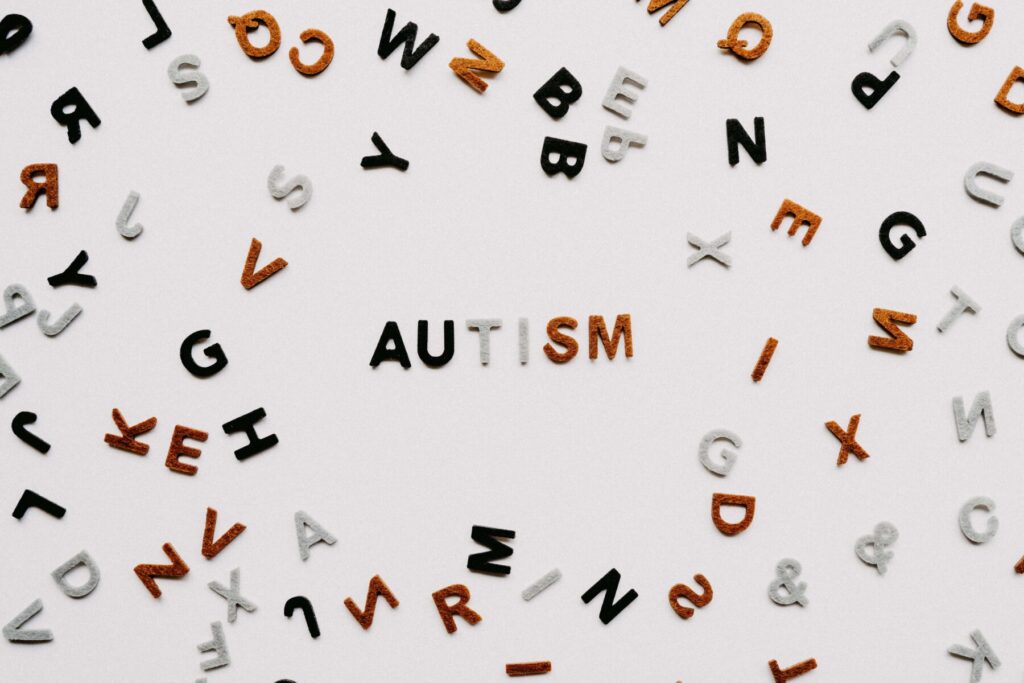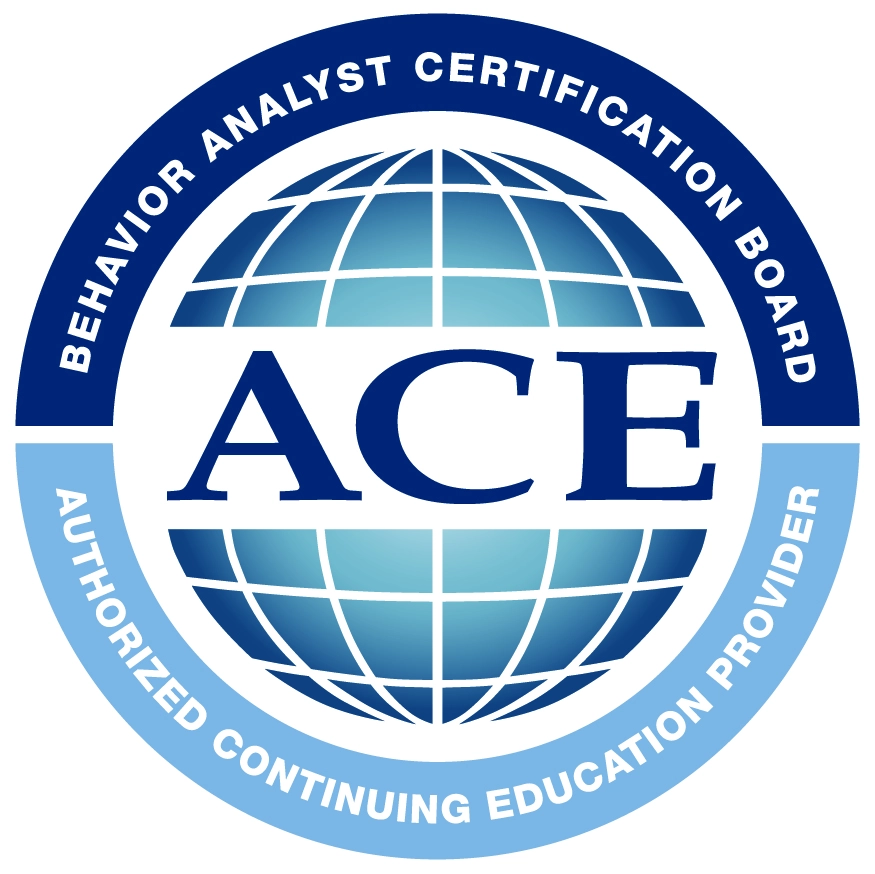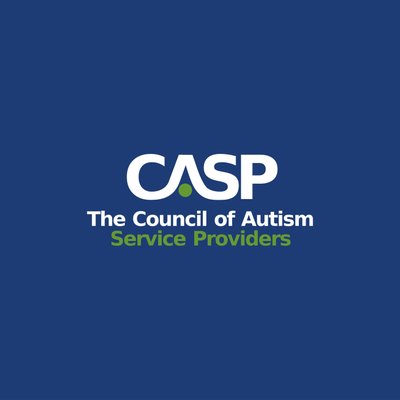ABA Therapy Horror Stories

Applied behavior analysis (ABA) is an effective and safe therapy for autism. But if a therapist is not qualified and not right for your child, the treatment may become harmful and cause new problem behaviors. Keep on reading to find out more about ABA therapy and what you should know when looking for a therapy […]
How to Help Your Child with Autism During the Coronavirus Lockdown

Due to COVID-19, schools and daycare centers in New Jersey and many other States have been closed. This is a stressful and challenging situation for all of us, especially for children with autism and their families. We know that many of you must be asking yourselves how best to discuss this with your children and […]
Behavior Tech & Registered Behavior Technician Jobs in NJ

Working with children with autism is an extremely rewarding career. While the work can be challenging at times, no two days are ever the same. And with children in New Jersey having the highest rate of autism in the country, there is more demand than ever for talented and passionate professionals. Who are we We’re […]
A Complete List of Autism Walks, Runs and Rides in New Jersey in 2020

Autism walks, rides and runs are a great way to be active, have fun and raise money for a cause that’s close to all of our hearts. There are a large number of autism walks in New Jersey each year, as well as rides and runs, so everyone has the chance to participate no matter […]
5 Ways to Help Your Child with Autism on Valentine’s Day

We all hold precious memories of Valentine’s Days from our childhoods. Cupid hearts, handmade cards and crafts, and more candy than was ever sensible to eat. But while they form a part of our cherished childhood memories, Valentine’s Day can create difficulties for children with autism. However, with some careful planning, you can ensure that […]
A Parents Guide to the New Jersey Autism Registry

The New Jersey Autism Registry was created in 2007 with the aim of improving access to autism services in the state. However, while the registry is intended to benefit those with autism, we find that some families have concerns about this. Therefore, we’ve written a brief guide to the NJ autism registry for parents. What’s […]
The Science Behind ABA Therapy

Receiving an autism diagnosis can be a big shock for any family. Once you’ve had time to process the news, the coming weeks and months will most likely be taken up by researching what’s the most effective autism therapy for your child. If you’ve already started this research, then you’ll know that the sheer amount […]
5 Tips for Throwing an Awesome Autism Friendly Birthday Party

A child’s birthday party can be stressful for any parent. Keeping tabs on dozens of over excited kids is not everyone’s idea of a relaxing Saturday. But as parents we do it as they bring so much joy to our children, as well as creating those family memories that last a lifetime. When it comes […]
How to Choose the Right Autism School in NJ for Your Child

How to choose the right school for your child with autism in NJ is one of the biggest questions parents face. The hopes and dreams we have for our children are heavily dependent on giving them the best possible education. But when it comes to a child with autism, what we mean by the “best” […]
ABA Therapy Techniques You Can Use at Home

ABA therapy is often considered the “golden standard” of autism therapy. The scientific approach of ABA therapy is designed to improve specific behaviors and skills in autistic children. Oftentimes an ABA therapist will suggest some techniques to practice with your autistic child at home to reinforce ABA therapy at home the therapy sessions. To give […]


